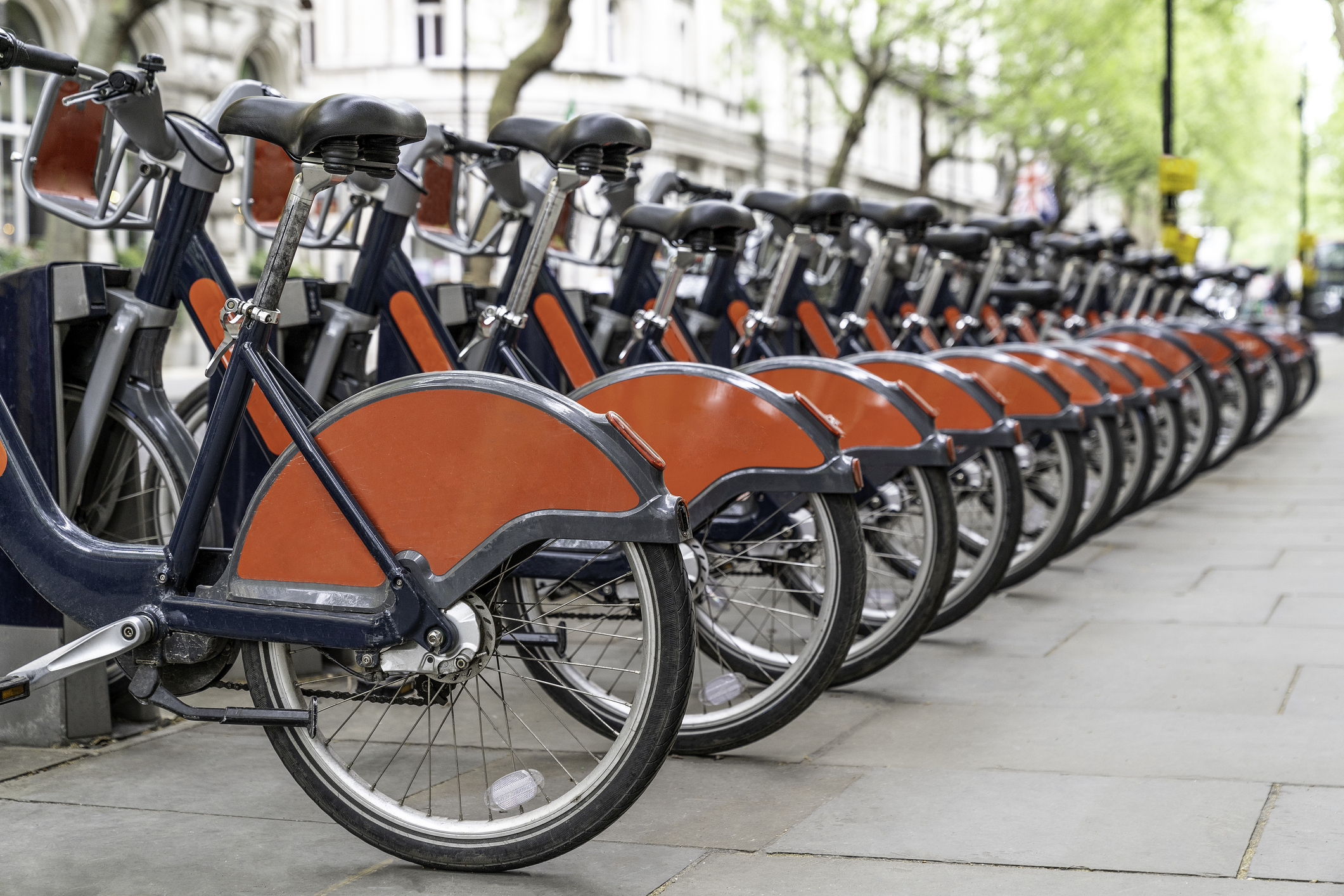Academics from the Department of Land Economy have published a new article in Transportation Research Part D, which looks at patterns of e-bike-sharing and bike-sharing.
The article is entitled 'The travel pattern difference in dockless micro-mobility: Shared e-bikes versus shared bikes'. Three of the four authors are affiliated with the Department.
The abstract reads as follows:
To facilitate the tailoring of dockless bike-sharing and electric bike (e-bike) sharing services and assist in formulating effective regulations, this study aims to unravel the spatio-temporal travel patterns specific to e-bike-sharing and bike-sharing systems, utilising interpretable machine learning methods and a large-scale trip-level dataset in Kunming, China. The results show that shared bikes and e-bikes exhibit overall similarities and subtle differences in many aspects, such as trip attributes and spatial distribution. Additionally, both shared bikes and shared e-bikes have three basic temporal patterns for commuting and recreational purposes. Regarding the differences, e-bike sharing networks are more dispersed and bigger, and bike sharing tends to form densely connected clusters of flow, exhibiting a local concentration of activity. Besides, the commuting activities within e-bike sharing systems exhibit two patterns: direct travel to the destination and integration with public transit. In contrast, shared bikes predominantly rely on public transit transfers for commuting purposes.
The article, which has been published Open Access, can be read via the link below.



